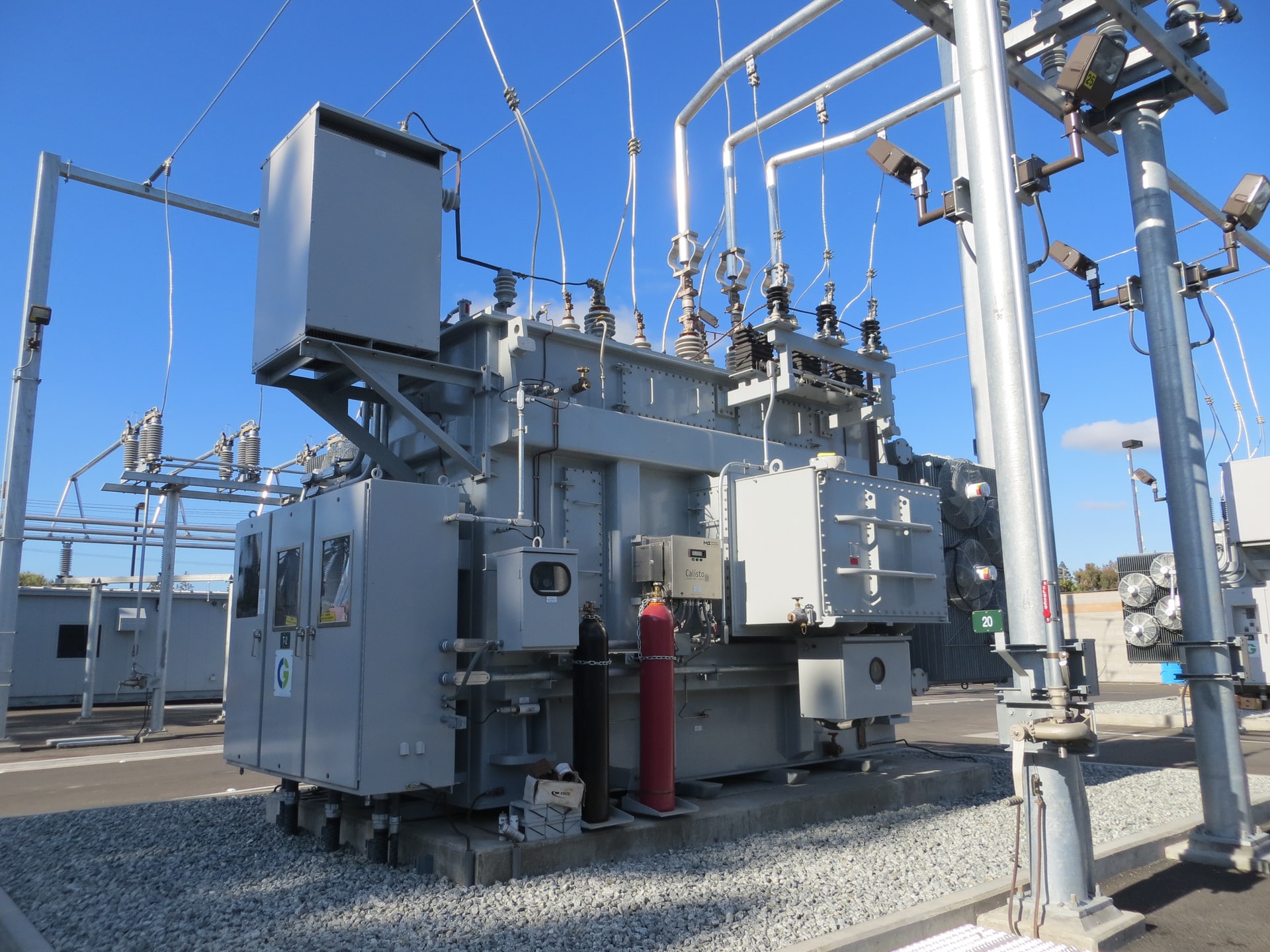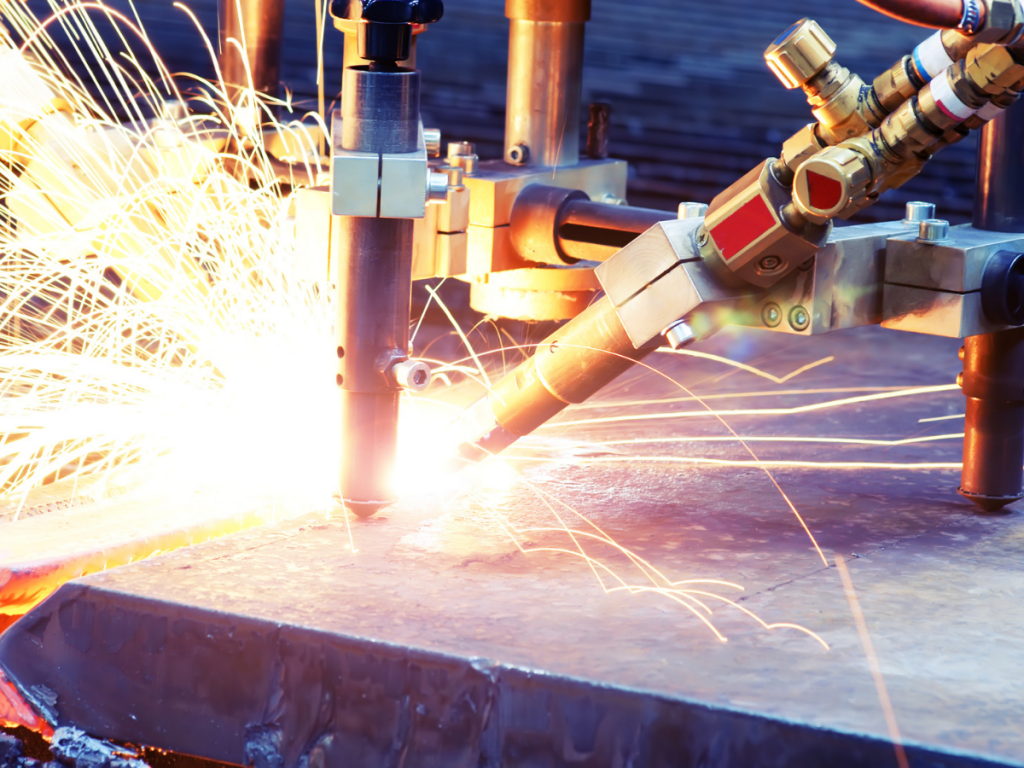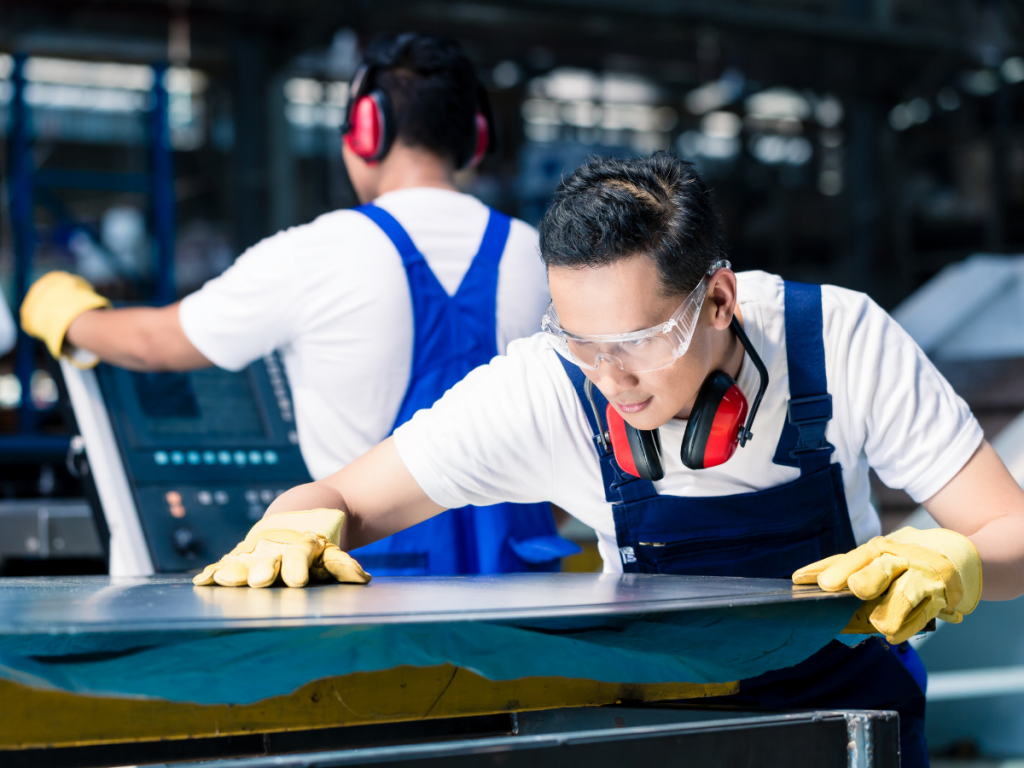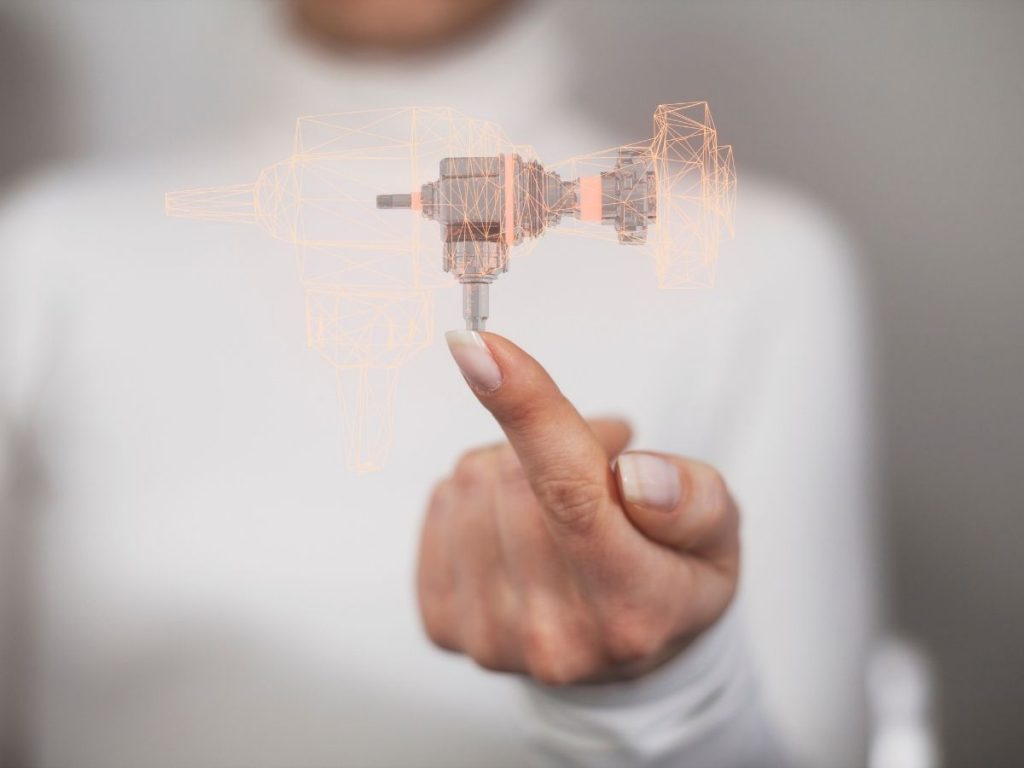Choosing the right enclosure
The purpose of an electrical enclosure is ensuring the safety of users and providing a space to store potentially hazardous electrical tools and elements, along with preventing dangerous components from interacting with one another. Some important details to think about when deciding on which electrical enclosure is the best fit for your property include the following.
The Environment
A vital factor to consider when deciding on which electrical cabinet is best would be the environment of your property, the purpose of the property as well as the activities undertaken regularly. Along with this, you also need to consider weather patterns and how that will affect the location of the enclosure.
Temperature Properties
To build the appropriate enclosure, you need to pay attention to the the temperature properties of the electronic circuit. There is plastic in certain parts of electrical enclosures which is beneficial and used as an insulator. However, this is only the case for minimal heat dissipation circuits. As a result of this, it is advisable to have a metal enclosure when accommodating for a greater voltage electrical circuit.
Capacity and Size Requirements
There are a few elements to consider when looking at the spatial requirements of your electrical box. While smaller electrical enclosures can fit a decent number of electrical tools, larger enclosures are beneficial for storing and organising cables too. Another benefit to using a larger electrical enclosure is preserving power distribution of the electrical equipment stored.
Material Options
There are electrical enclosures made from polycarbonate, which is the lightest material available. Another option is aluminium, which is used for protection from exposed environments and close components. Aluminium is also extremely durable in harsh environments. Another reliable material is stainless steel which can resist humidity, chemicals and rust. The material you select is dependent on environment and temperature properties, as well as capacity and size requirements.
Here at E&A Probend, we provide premium quality electrical enclosures for domestic, commercial and industrial properties. We have been working in the sheet metal industry for over twenty years, and are based in the South-East suburbs of Melbourne. Any job requiring sheet metal to be folded, welded or cut, whether it is custom or ready-made, can be performed by our skilled team of experts.



